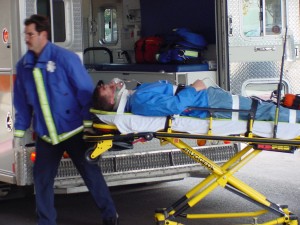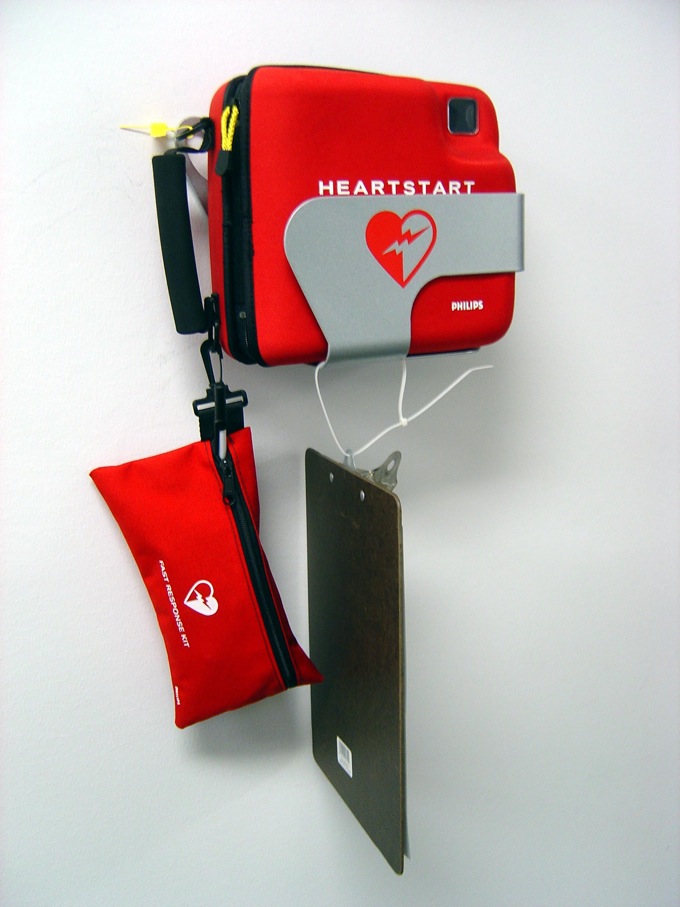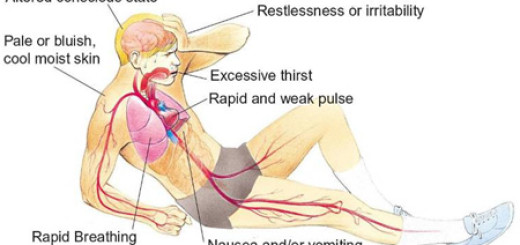How to become an Emergency Medical Technician (EMT)
Choosing to become an Emergency Medical Technician (EMT) has become popular career choice in the United States. Young people prefer to pursue such a career due to its potential for financial and professional growth. Securing EMT certification is a stepping stone to rapid career advancement. Many individuals begin by taking the basic EMT trainings in the hope of becoming a Paramedic trainee and securing a Paramedic certification.
Becoming a Paramedic requires time, money, and effort. Each state in America requires individuals to obtain EMT certifications before he or she can proceed to paramedic training and receive qualifications. This requirement has been implemented by the US Department of Transportation.
Although states may vary from one another in terms of the job’s title, state examination, license fees, and school’s requirements. What is more important is that each state must follow the pre-hospital emergency care education curriculum. Otherwise, an individual or school will be held liable for damages resulting from malpractice.
Among the regulations, there are two (2) essential regulations that the state must follow:
- All states must meet the minimum requirements as set by the National Highway Traffic Safety Administration’s (NHTSA) standards, including the EMT certifications as educational pre-requisites for Paramedic training
- All states must follow the standard EMT educational coursework made by the NHTSA
With regard to the first regulation mentioned above, it is required because paramedics represent the highest level of EMT, and in general, the highest level of pre-hospital medical providers. Also, in adherence to the second state regulation, Emergency Medical Training (EMT) has been classified into four (4) levels of EMT training. Each classification has different levels of expertise and responsibility. These are as follows:
- Emergency Medical Responder (First Responder) training, it covers the procedures on providing patient interventions such as managing respiratory, cardiac and trauma emergencies, taking vital signs, and offering basic life support, including administration of oxygen and cardiopulmonary resuscitation (CPR). However, administering injected medications is not included in the training. School requirements, titles, and other details may vary from state to state.
- Emergency Medical Technician (EMT -Basic) training is a more advanced type of training compared to First Responder training. Usually, at this level of training non-invasive skills are taught such as bleeding control, positive pressure ventilation with bag valve mask, orpharyngeal (OP) airway, supplemental oxygen administration, and splinting which includes full spinal immobilization. However, some specific tasks vary greatly from state to state.
- Advanced Emergency Medical Technician (EMT-I85) training lies in between the basic (EMT-B) and paramedic (EMT-P) skills. Typically, the training focuses more on invasive procedures including intravenous (IV) therapy and the use of multi-lumen airway devices. Although there are some guidelines that may vary from state to state, the coursework is almost the same as mandated by the National Highway Traffic Safety Administration (NHTSA).
- Paramedics (replacing EMT-Intermediate 1999 and EMT-Paramedic) training places more emphasis on extensive pre-hospital care than the EMT trainings. In addition, the training also includes fluid resuscitation, interpreting and using electrocardiograms (EKGs), cardiac monitoring, administering medications orally and intravenously and other advanced procedures and assessments. School requirements, titles, and other details may vary from state to state.
Once you successfully complete the Emergency Medical Responder (First Responder), Emergency Medical Technician (EMT -Basic), and Advanced Medication Technician (EMT-I85) training, you will be given EMT certifications for each level. Obtaining this certification will give you work opportunities in virtually any Emergency Medical Service (e.g. fire department or in the police department) and of course, you will have the opportunity to take or enroll in advanced courses in Paramedic training.







It is indeed a life saving course
it is posible to obtaind some certificacion from putside USa country ?¿?¿
it is posible to obtaind some certificacion from putside USa country ?¿?¿